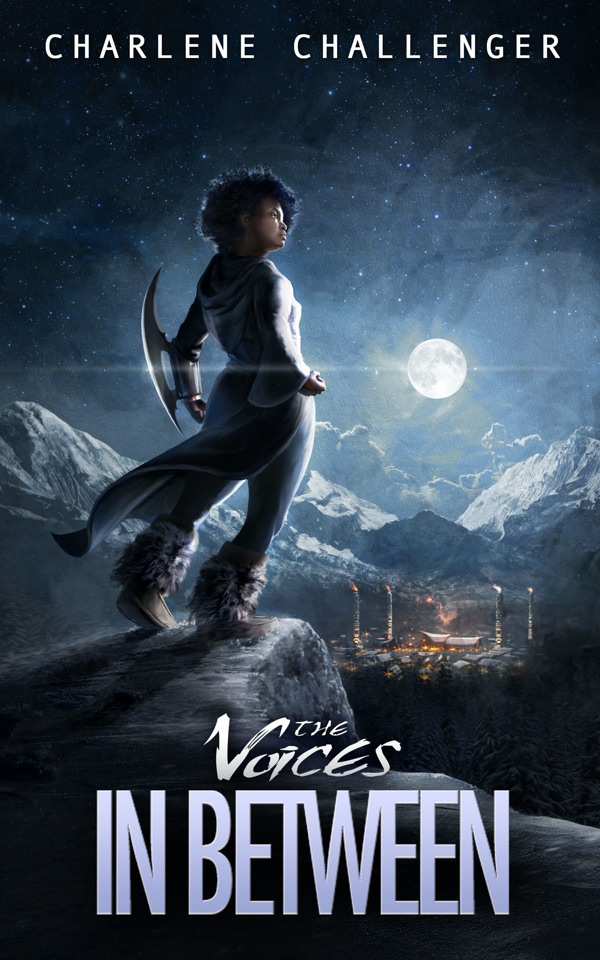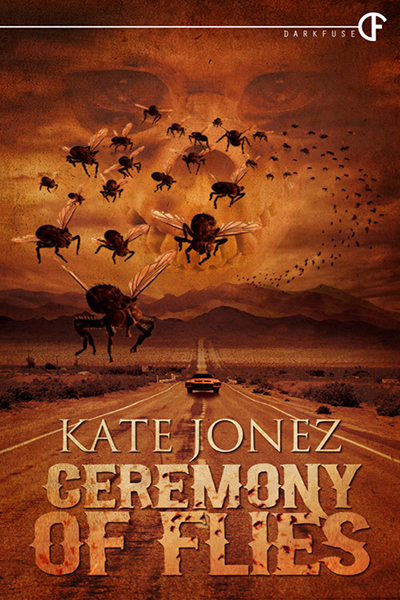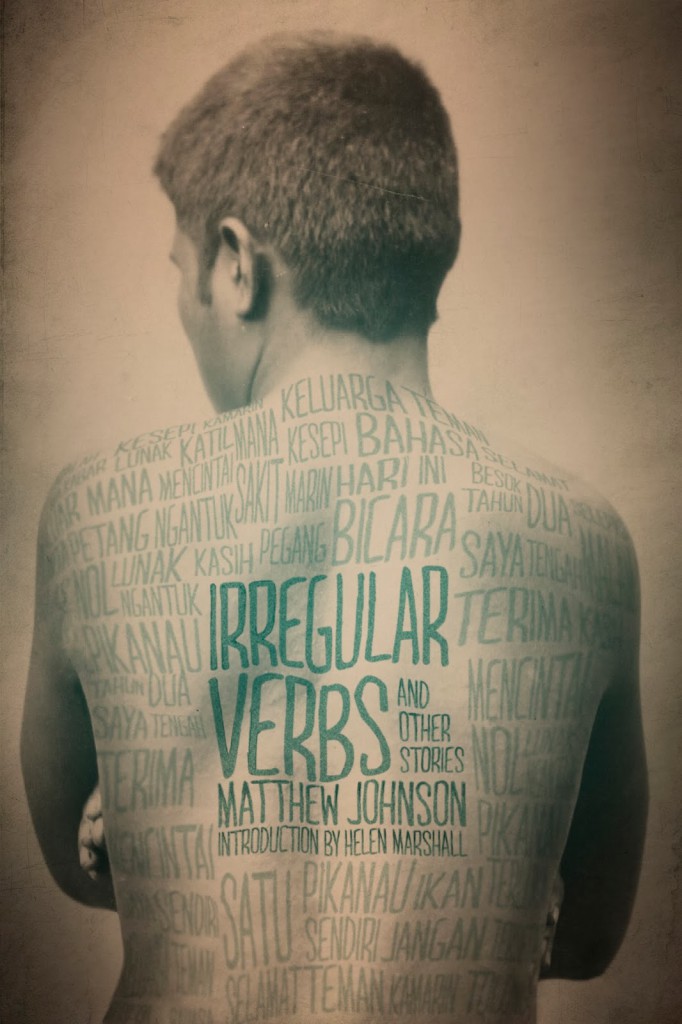Welcome to this week’s installment of The Scariest Part, a recurring feature in which authors, comic book writers, filmmakers, and game creators tell us what scares them in their latest works of horror, dark fantasy, dark science fiction, and suspense. (If you’d like to be featured on The Scariest Part, check out the guidelines here.)
My guest is Charlene Challenger, whose debut novel is The Voices In Between. Here’s the publisher’s description:
This stirring coming-of-age novel presents issues such as domestic violence and emotional abuse, as well as cultural and sexual identity.
Adoni is a teenaged girl who lives in a downtown apartment with her mother, an emotionally and physically abusive woman who drinks too much. One evening, Adoni finds herself drawn to the enchanting voice of a man singing in the alley beneath her bedroom window. The man, Ritter, brings Adoni to the Welcome, a northern colony of the In-Between world, where young people who have been rescued from harm are kept safe by their sworn immortal protectors, the pipers. But when the Welcome is attacked by changelings–led by the vicious and charismatic Sylvester–and a centuries-old grudge spills over the edge and threatens to destroy the colony and everyone who lives there, Adoni must find the strength and courage within to stop the oncoming war.
And now, let’s hear what the scariest part was for Charlene Challenger:
I don’t usually resort to glib one-liners about the writing process for inspiration, but I’ve always resonated with the concept of writing what scares me, so I’m happy to be featured as this week’s guest blog post for The Scariest Part.
The Voices In Between was an extremely difficult book for me to write. The story came to me while I was working in children and youth services in downtown Toronto, and the subject matter (trauma/abuse, cultural and sexual identity) hits home for me in a lot of ways. As someone who was mercilessly bullied (read: systematically and relentlessly harassed and devalued) as a kid, I deal with cripplingly low self-esteem and occasionally suffer from panic attacks and insomnia. So the first Scary Thing I had to overcome was actually hammering the story out on my laptop after work and into the early morning hours of the next day.
I’ve written novel-length works in the past, none of which were really any good, but Voices is the first work I’ve ever had published, and the stakes are high for me. This is the first time I’ve put my name on something that I’ll no longer be able to control — no fiddling with the language, no tweaking the plot, no finessing the dialogue. The second Scary Thing is offering my book up to others knowing that not everyone is going to love it or relate to it as much as I do. Reviews aren’t beta-reads from encouraging friends and loved ones; they’re criticisms of a novel a writer has spent years working on. The best of them will hopefully help the book find its audience. The worst of them? I don’t even want to think about it.
This leads me to the third Scary Thing, which is, in fact, the scariest part: owning up to everything I’ve committed to the pages, which carry, in essence, little glimpses into the truth of my experience. While every character in Voices is a reflection of who I am, there is no character I identify with more than Sylvester, the changeling antagonist. Sylvester has been through a lot in his life and (without getting too spoilery) carries an intense rage in his heart as a result. He’s very much like Steppe, the piper leader of the northern colony of the In-Between, whose anger runs just as deep. Unlike Steppe, however, Sylvester acts on his fury with devastating results. Sylvester is so resentful of the cards he’s been dealt in life, so uncompromising in his hatred for those whom he thinks have wronged him, he no longer cares who he hurts, or how.
So help me, I can be that angry. I can get so angry I can hold a grudge for years. I’m not proud of that. I’m afraid there will come a time in my life when my anger will be so indiscriminate, I’ll end up hurting someone I love. Beyond repair.
Put it all together and what do you have? An author with first-time jitters and commitment issues who’s terrified of letting everybody down, including herself. But I’m fortunate in that, very often, what terrifies me also exhilarates me, and I’m ready to bid farewell to these particular fears and to welcome a set of new ones (such as — GASP! — writing the SOPHMORE NOVEL).
Charlene Challenger: Website / Goodreads / Twitter / Facebook
The Voices In Between: Amazon / Goodreads / Tightrope
Charlene Challenger is a writer and graduate of Ryerson Theatre School. Her first novel, the young adult fantasy The Voices In Between, is published by Tightrope Books. Her work is also featured in Stone Skin Press’s A 21st Century Bestiary and Exile Editions’ Start a Revolution: QUILTBAG Fiction Vying for Change. Charlene is currently working on the sequel to Voices. She lives in Toronto.





